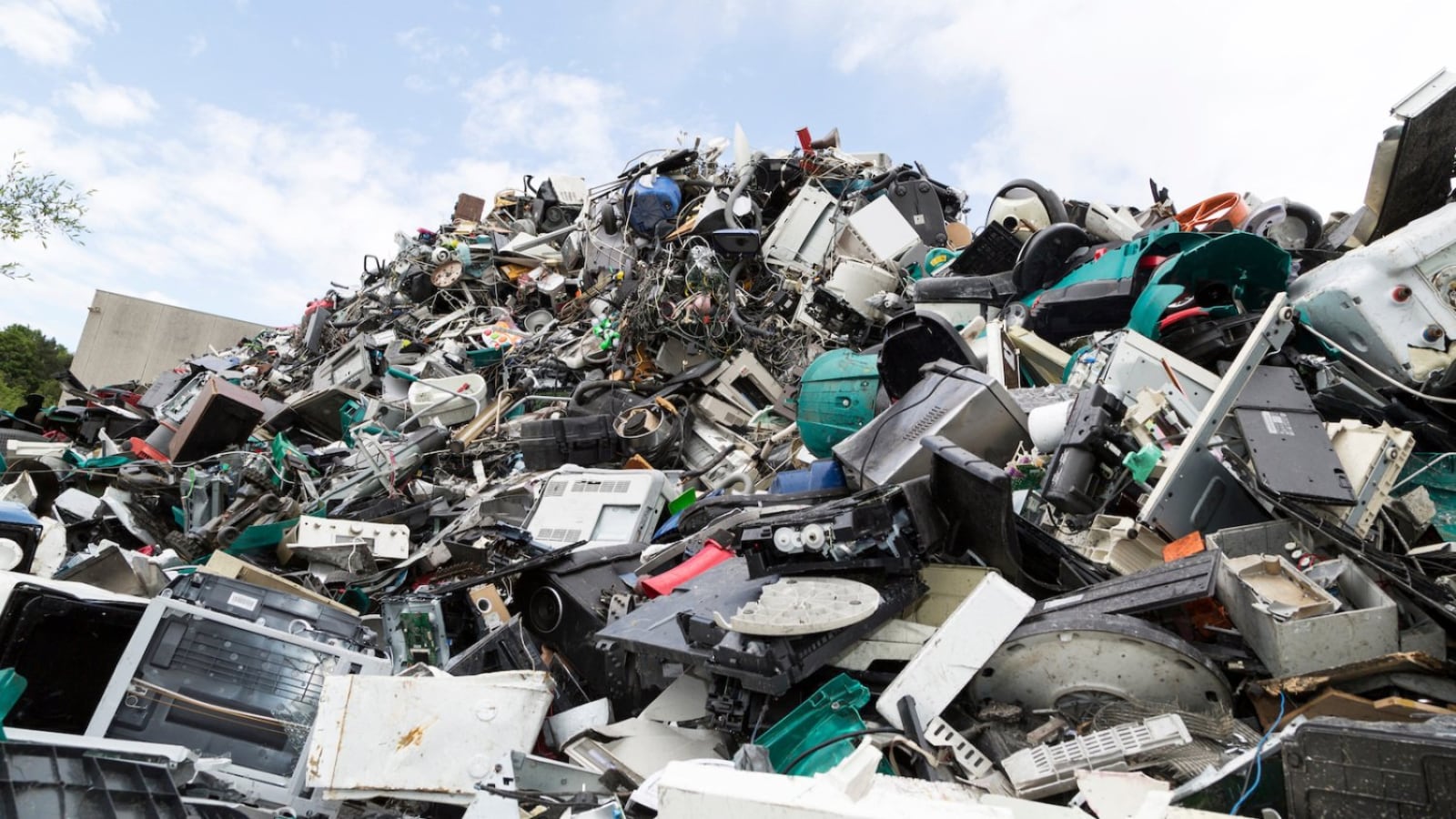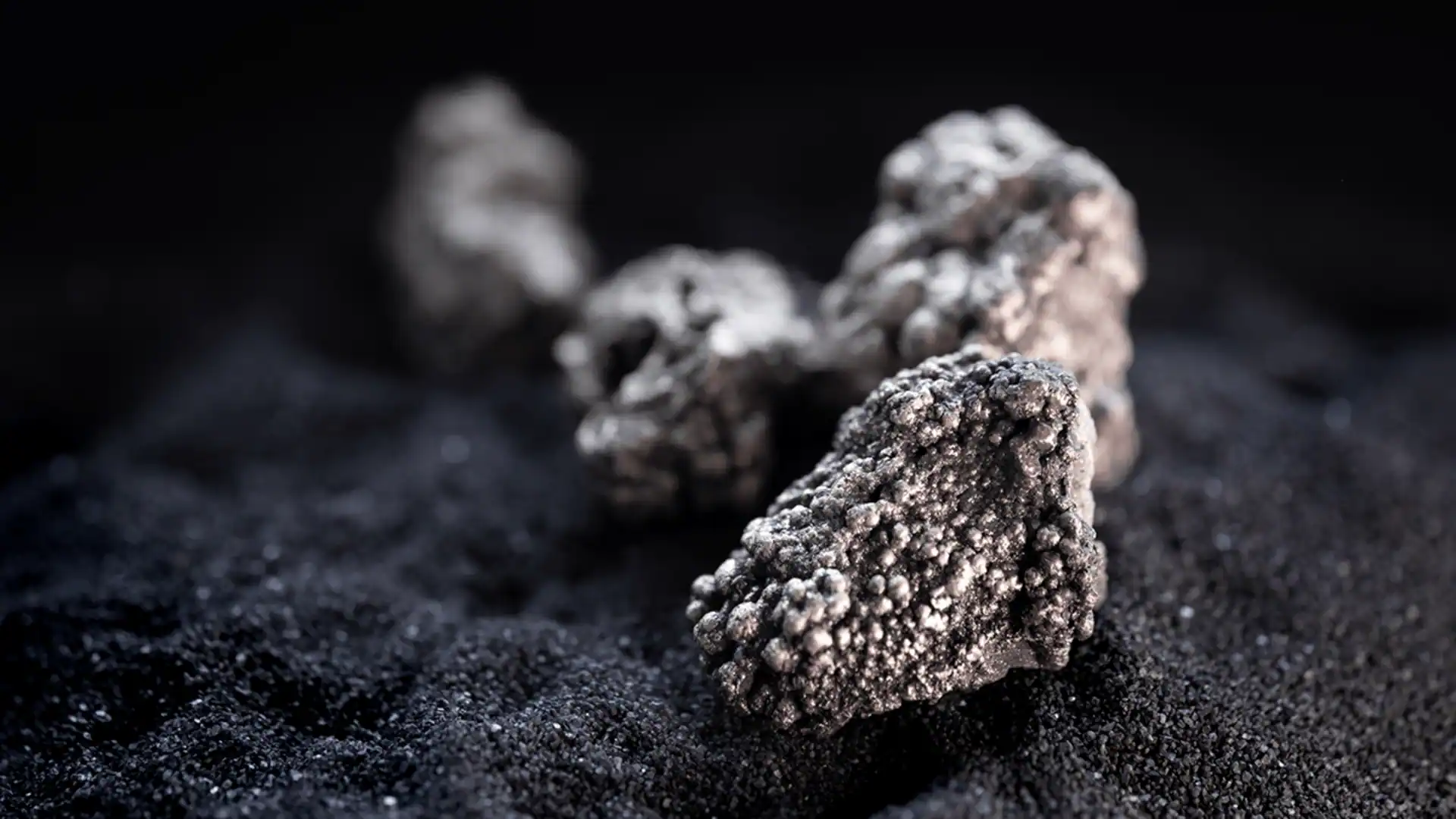Copyright news18

Every winter, as the familiar haze of stubble burning cloaks our cities, the public discourse turns to smog, masks, and air purifiers. But while we’re busy blaming the smoke, a far deadlier, invisible pollutant quietly poisons our air, soil, and even our bloodstream, electronic waste. “Every winter, we rightly worry about the smog choking our cities,” says Abhishek Agashe, Co-founder and CEO at Elima, a leading e-waste management company. “But the truth is, the real toxic cloud isn’t seasonal, it’s electronic.” According to the Central Pollution Control Board (CPCB), India generates 1.6 million tonnes of e-waste annually, growing at nearly 30% year-on-year. Yet, only about 25% of this waste is scientifically recycled. The rest ends up in informal scrapyards, where crude dismantling releases lead, mercury, cadmium, and brominated flame retardants, toxins that linger for decades in our environment. “Unlike crop residue, which burns and disperses in weeks, e-waste persists for generations — contaminating ecosystems and reducing air quality at the molecular level,” explains Agashe. “A single smartphone contains over 60 elements, including rare earth metals critical to clean tech. Every time we discard one irresponsibly, we lose both health and economic value.” The public health implications are grave. A World Health Organization (WHO) report states that over 18 million children and adolescents worldwide are exposed to e-waste toxins, leading to neurological, respiratory, and developmental damage. In India, this has evolved into what Agashe calls “a silent public health emergency, one that seeps into our water and bloodstream long after the stubble smoke clears.” From a medical standpoint, the danger extends far beyond lungs and smog-related ailments. Dr. Sai Kumar, Head of Medical Services, Apollo Home Healthcare, emphasizes that the cocktail of chemicals released by both stubble burning and e-waste dismantling is profoundly toxic. “Stubble burning creates smog, while electronic waste poisons our environment silently, both gravely impacting the health of society,” says Dr. Kumar. “These unregulated methods release neurotoxic and carcinogenic substances such as lead, mercury, cadmium, and brominated flame retardants, causing neurological dysfunction, liver and kidney impairment, respiratory illnesses, and even cancer over time.” So what’s the way forward? For Agashe, the answer lies in circularity turning waste into a resource rather than an endpoint. “The only sustainable path forward is circularity where waste isn’t discarded but looped back into production,” he says. “Responsible e-waste collection, recycling infrastructure, and Extended Producer Responsibility (EPR) compliance can turn this hazard into an opportunity for green growth.” Dr. Kumar agrees that strong policy enforcement is crucial. “Strict implementation of the E-waste Management Rules and EPR compliance are vital to ensure recycling through authorized facilities,” he notes. “Local municipalities should establish e-waste collection centers and conduct public awareness drives to encourage responsible disposal. At the same time, investing in safe recycling technologies can protect both workers and the environment while recovering valuable materials.” Individuals, too, can take meaningful action. Dr Kumar advises, “Avoid outdoor activity during high-smog periods, use N95 or N99 masks, and install HEPA purifiers at home. Maintaining hydration and a diet rich in antioxidants can also help reduce oxidative stress caused by pollutants.” At Elima, the mission is to push this mindset shift further. “If stubble smoke chokes our lungs, e-waste poisons our future,” says Agashe. “The fix isn’t just cleaner air, it’s a circular mindset. The fight against pollution begins long before the smoke in how we design, consume, and recover materials. Because what we bury today in landfills, we’ll breathe tomorrow.”



